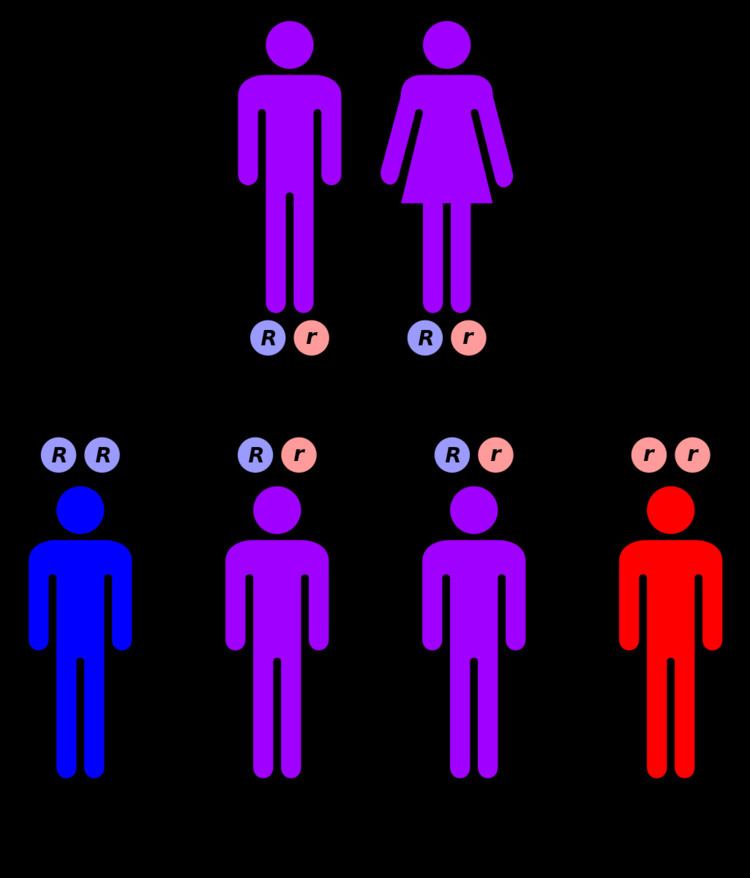Specialty medical genetics OMIM 173650 eMedicine derm/943 | ICD-10 Q82.8 DiseasesDB 32778 | |
 | ||
Kindler syndrome (also known as "Bullous acrokeratotic poikiloderma of Kindler and Weary,", "Congenital poikiloderma with blisters and keratoses," "Congenital poikiloderma with bullae and progressive cutaneous atrophy," "Hereditary acrokeratotic poikiloderma," "Hyperkeratosis–hyperpigmentation syndrome," "Acrokeratotic poikiloderma," and "Weary–Kindler syndrome") is a rare congenital disease of the skin caused by a mutation in the KIND1 gene.
Contents
Diagnosis
Infants and young children with Kindler syndrome have a tendency to blister with minor trauma and are prone to sunburns. As individuals with Kindler syndrome age, they tend to have fewer problems with blistering and photosensitivity. However, pigment changes and thinning of the skin become more prominent.
Genetics
Kindler syndrome is an autosomal recessive genodermatosis. The KIND1 gene mutated in Kindler syndrome codes for the protein kindlin-1, which is thought to be active in the interactions between actin and the extracellular matrix (focal adhesion plaques). Kindler syndrome was first described in 1954 by Theresa Kindler.
